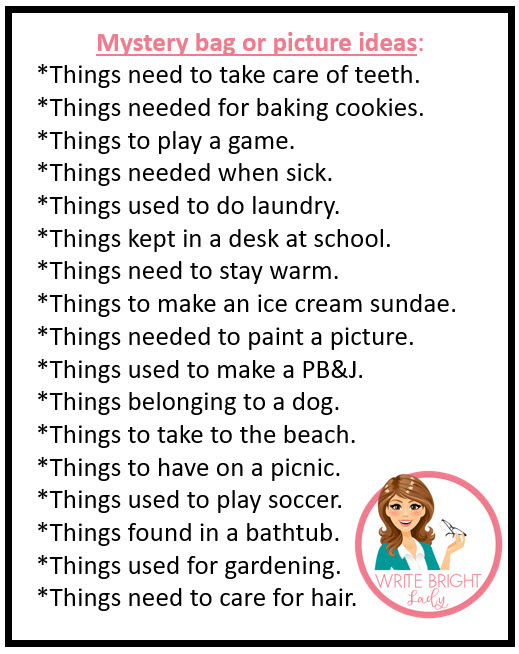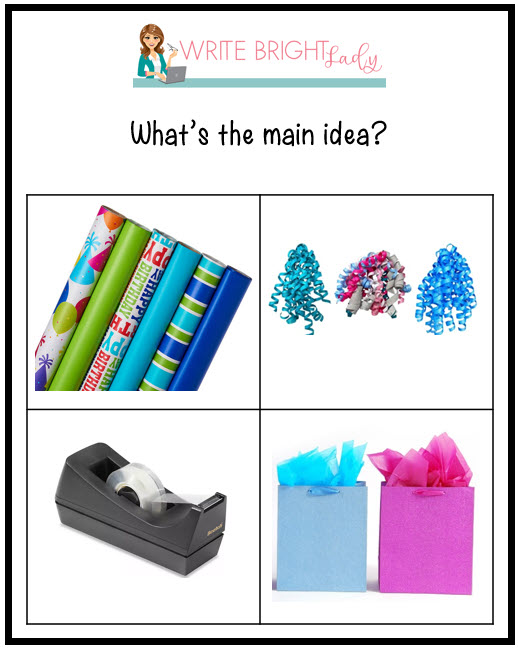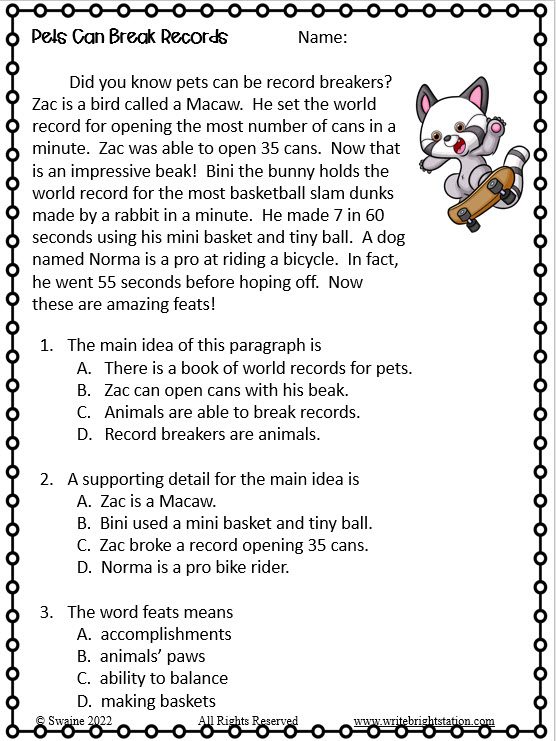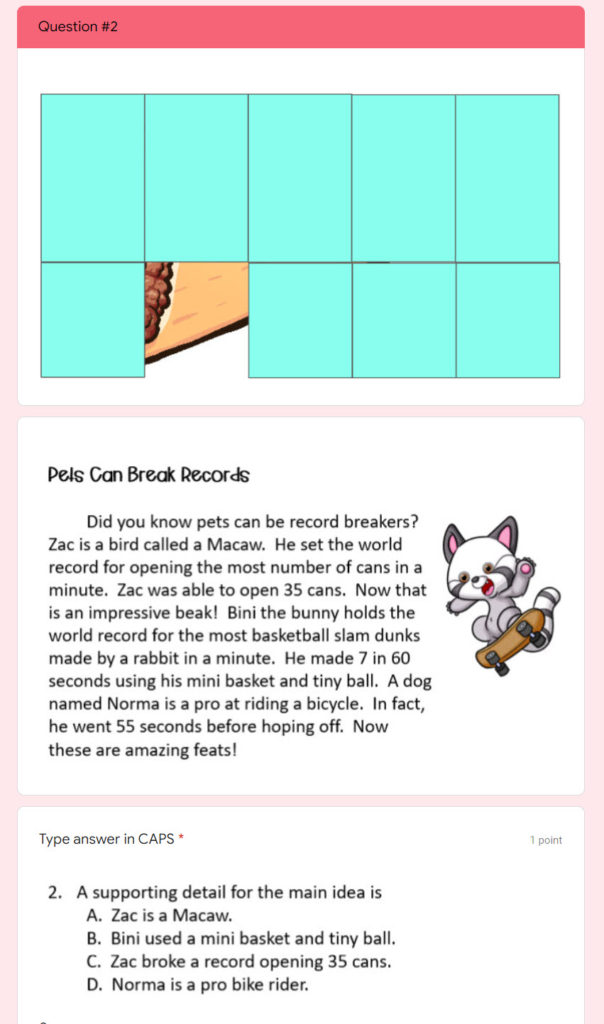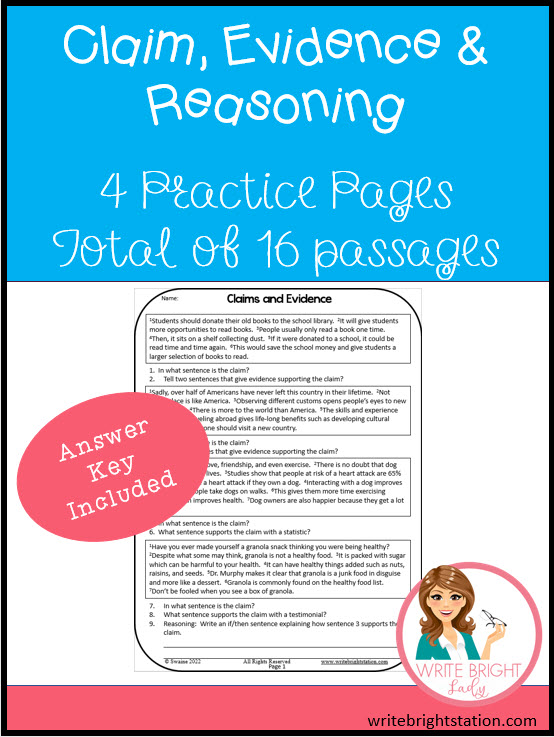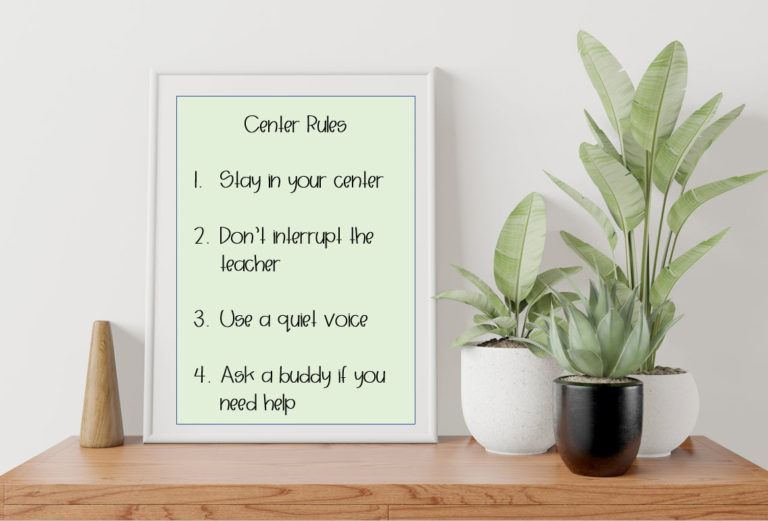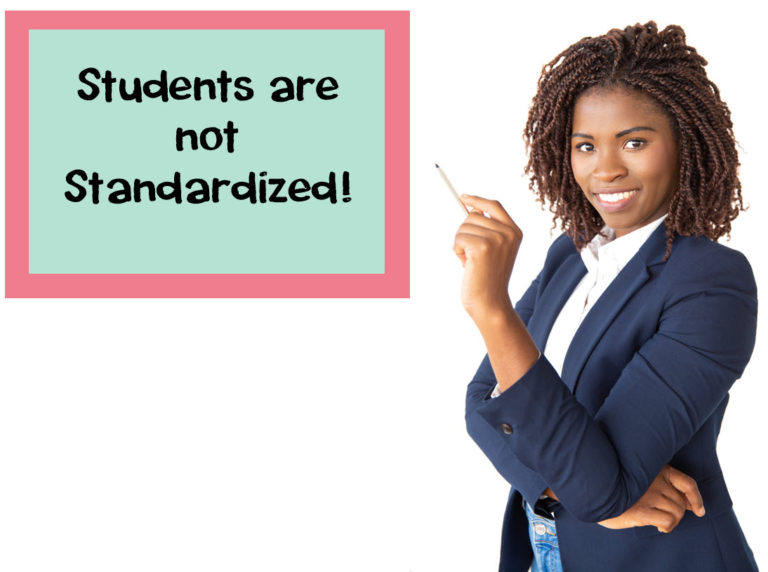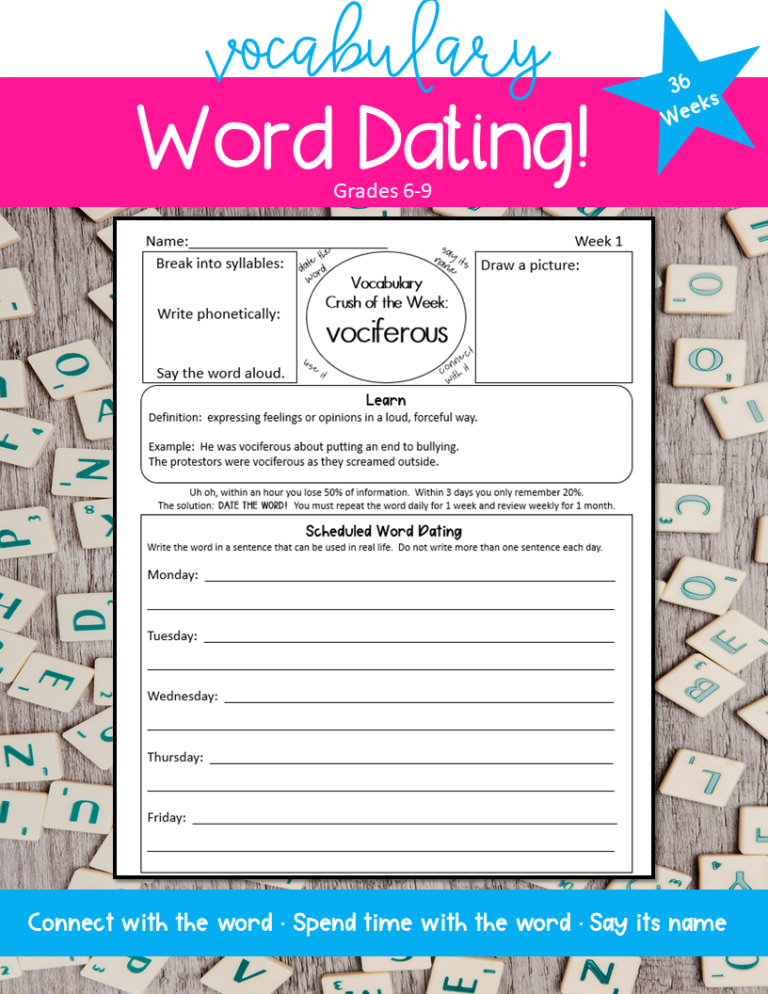Main Idea in Paragraph in 4 Steps!
Look for the main idea in paragraph two, find the main idea in paragraph six, circle the main idea in paragraph three, main idea, main idea, main idea. Students are frustrated, teachers are frustrated. If you dread teaching main idea, you are not alone! Here’s the thing, most students require a great deal of scaffolding in order to find the main idea in paragraph one, two, and so on. However, it is an essential skill that must be mastered. When students identify the main idea, it helps them remember what they read. In this post, I will show you how to help students become main idea experts.
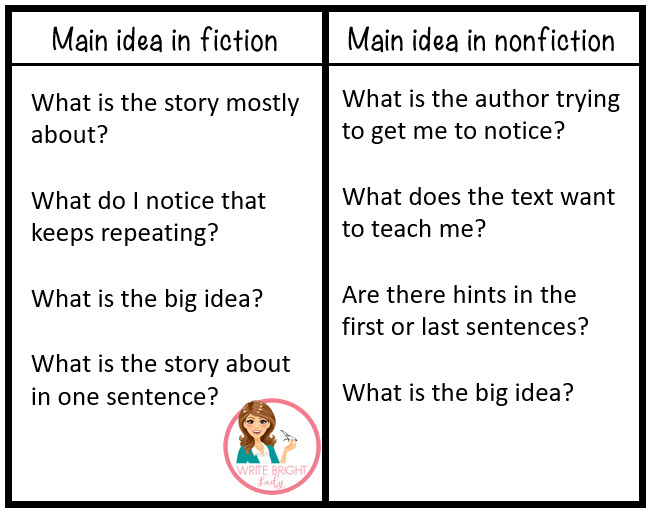
Guess what? Teaching the skill is just as hard as learning the skill. This gives a challenge to not only students, but also the teachers trying to help them learn. Why? Because it is so complicated. Is it the topic, purpose, theme, central message or none of these things? To teach find the “main idea in paragraph” six or in the passage as a whole, one must provide a lot of practice with a variety of texts. Here is the problem, we have such a wide-range of texts that the skill doesn’t always look the same.
What Not to Do
- Don’t hand out a worksheet on main idea just yet. Providing a worksheet on main idea comes later. A worksheet on main idea is great during the practice and application phase, but not until the skill has been taught. If you allow students to practice first, they may practice in the wrong way and undoing misconceptions is not easy. Students must be taught the skill before they practice.
- Don’t teach the main idea is the first sentence. This is not what you want to teach students. It may sometimes be true, but it will not always work. In fact, don’t teach students to select any sentence and label it the main idea. It is possible they could form the main idea by combining parts of sentences, but again it may not always work.
- Don’t only use the term main idea. There is one thing we can all agree on and that is synonyms: major, main, central, key, and chief ideas. There are so many words used for the main idea. Make sure your students know the interchangeable language.
Help a friend out, what is the main idea?
Here is what is important to know: the main idea is the main point of the text.
As with Goldilocks, the main idea can’t be too general, can’t be too specific, but needs to be “just right.” One of the best approaches is to teach students to summarize first. When summarizing they are looking for the most important information. From here find the main topic and the most important point about the main topic.
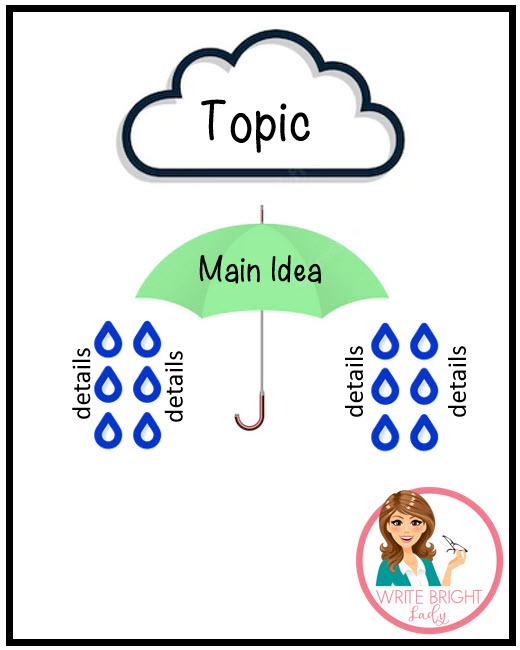
Steps for Students:
- Summarize
- Find the main topic
- Find the most universal important point or controlling idea about the main topic
- Put the main topic and most important point about the main topic together to form the main idea.
Steps for Teachers:
After pounding my head against a wall trying to teach main idea unsuccessfully, I tried a different approach. I broke it down into the simplest form and built it up from there. Do you know what happened? My students got it! My class was able to focus on this one skill at a micro level that made the light bulb turn on. Before teaching main idea, make sure you have taught summarizing and finding the topic.
1. Start small with visuals.
Once the skill has been taught and modeled, it is time to move to application and practice. In the beginning, use shorter texts. You can even start with pictures or objects. For example, a mystery bag visual. There are three items in a bag such as an apple, orange, and banana. The main idea of this bag would be fruits to enjoy. Have students put it as a sentence so they don’t confuse it with a topic. You can also do it as pictures using slides by showing students pictures and having them form the main idea. In this picture, the main idea would be things used to wrap gifts.
2. Move to reading sentences in isolation.
Taking this a step further, give students a few details and have them write a main idea. For example, Mike takes his skates to the park. Jared brings his scooter to the park. Melanie takes her bike to the park. The main idea could be that the park has a place to ride things. Working backwards can allow students to gain a deeper insight and understanding. They have to examine the details and formulate the main idea without ever reading it. This gives depth to their learning.
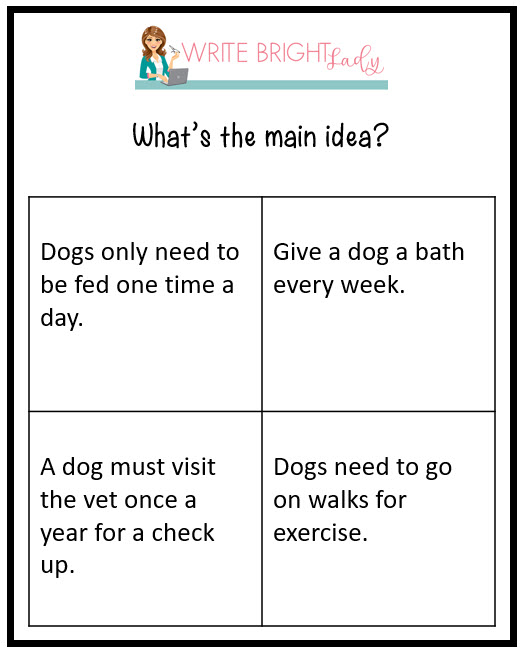
3. Transition to a paragraph.
Use the I do, we do, you do approach. Model for students by reading a paragraph and think aloud the steps to finding the main idea. Summarize, identify the topic, find the main point, and put the topic and point together to make a main idea. Then do it with students. Once they are ready have them practice on their own. This is when worksheets make their grand entrance.
4. Put on your big boy pants because it is time for a passage.
When ready, work with entire passages. Sometimes the main idea is easy to find while other times it must be pieced together from multiple sentences. Students will need loads of practice with varied texts. There are numerous graphic organizers to help with this. To find the main idea students must be able to comprehend, identify details, know the difference between key details and interesting details, and determine how the key details relate to one another. This shows why main idea is such a challenge. The images below I have available as worksheets or a google form mystery reveal picture to make it more engaging.
5. Prove it!
Once students are masters at finding the main idea, make them prove why it is the main idea.
Here are a few “finds” for my readers
Click here to gain the password to my growing freebie vault.
Click here to visit Write Bright’s Elementary Writing Curriculum made easy!
Click Here to view Daily Dose of Grammar which comes with free video instruction HERE.
Click Here for my TpT store.

